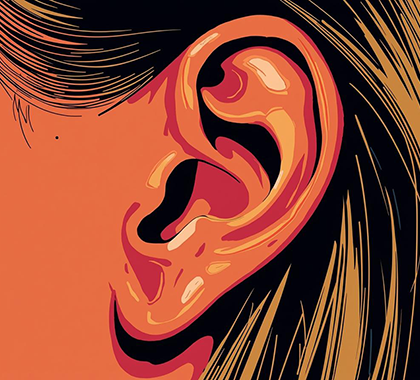The Avodat Yisrael was authored by Rabbi Yisrael Hopstein (c. 1737–1814), the Kozhnitzer Maggid, a leading Polish Hasidic master and founder of the Kozhnitz dynasty. A principal disciple of R. Elimelech of Lizhensk (and of the Maggid of Mezritch), he was a towering talmid chacham who blended deep mysticism with accessible, practical guidance. He taught turning everyday life into avodah—guarding the senses, praying with kavannah, and sanctifying body and relationships—with joy, humility, and deveikut.
This week we present you with amazing Torahs for Shabbat Shuva, Yom Kippur and Parshat Haazinu. Enjoy!
Shabbat Shuva
In his Shabbat Shuva drasha, the Avodat Yisrael teaches:
“Return up to HaShem.” Shuvah Yisrael ad HaShem Elokecha—return until the Creator is truly “your God.” Become a kisei/merkavah (a living throne) for His Presence. Prayer should feel face-to-face—Baruch Atah—with no barriers or stray thoughts; sins create the distance (Isaiah 59:2).
Kashalta-Stumble → merit. Ki kashalta ba’avonecha—in eras of suffering, deliberate sins can be judged like shogeg (Zohar). When one returns, HaShem—in abundant kindness—flips stumbles into merits.
For whom are we returning? Shuvu elai va’ashuvah aleichem—don’t aim only to “fix my soul.” Higher teshuvah is for the Shekhinah/Knesset Yisrael—to make a dwelling for God. When we aim there, He returns to us, repairing nefesh–ruaḥ–neshamah.
Takeaway: Teshuvah isn’t self-help; it’s coming all the way to God—turning prayer into Presence, pain into merit, and the self into a throne for the Divine. “Return to Me—and I will return to you.”
To expand on this summary of the Avodat Yisrael, view the source sheet Avodat Yisrael Moed Shabbat Shuva 5786, perfect for those who want to self-learn at their own pace.
Yom Kippur
On Yom Kippur, the Avodat Yisrael teaches two intertwined lessons.
First, on Yom Kippur the Kohen Gadol serves in eight garments, even gold—sign of the power to sweeten judgment. Yet when he enters the Holy of Holies, he wears only white. It’s a moment of yichud—like a bride removing her jewelry for the inner bond—while the eight garments “adorn the bride” in the rest of the service to awaken love.
The High Priest embodies chochmah and humility (koach-mah)—the stance that softens harshness.
Second, in Yoma 71b, when the crowd leaves the Kohen Gadol to follow Shmaiah and Avtalyon, they say: “Let the sons of the nations come in peace—for they do the deeds of Aaron,” i.e., seekers and pursuers of peace. The message: Holiness and sanctifying the day is measured by doing Aaron’s work, not by pedigree. Often even the one who enters within stands there because the tzaddikim of the generation lift him.
Takeaway: Bring your “gold” to beautify the world and lift others; enter “in white” when you face God—humble, peaceful, and united. That is how we turn judgment into mercy.
Gmar Chatimah Tovah.
To expand on this summary of the Avodat Yisrael, view the source sheet Avodat Yisrael Moed Yom Kippur 5786, perfect for those who want to self-learn at their own pace.
Parshat Haazinu
In Parshat Haazinu, the Avodat Yisrael teaches two intertwined moves:
1) Speak upward so below can hear. “Give ear, heavens… let the earth hear”. Aim words at the soul-root (shamayim) when the heart feels like stone; from there the earth (body) can finally receive. The worlds mirror each other—sometimes you reach people only by speaking to their source beyond the grip of the kelipot.
2) Only God is the true “Ani”, “I.” “See now that I, I am He… I smite and I heal.” Human ego (“I am Pharaoh”) is counterfeit. The Divine Malchut alone holds opposites at once. Our work is humility—align self and speech with the higher root so harshness turns gentle and judgment sweetens to mercy.
Takeaway: Aim at the soul, walk with humility, and let the Divine “I” lead—so rebuke heals and Haazinu becomes a path to teshuvah.
To expand on this summary of the Avodat Yisrael, view the source sheet Avodat Yisrael D10 Ha'azinu 5786, perfect for those who want to self-learn at their own pace.
Shanah tovah u’metukah—may our joy in Him open a year of tempered mercy and abundant good.
Prepared by Rabbi Shalom (Saul) Orbach





